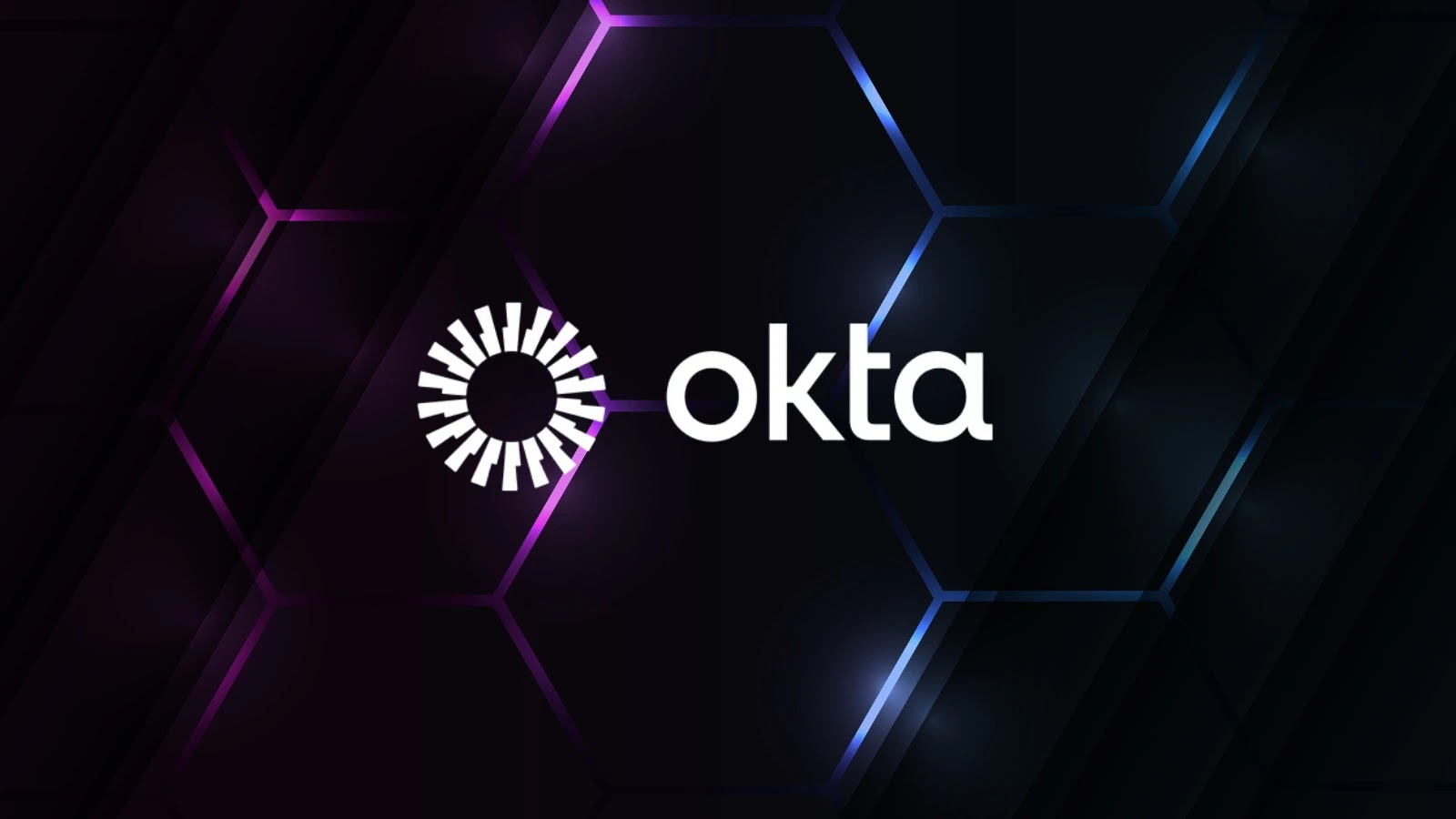
Okta Security Releases Auth0 Event Logs for Proactive Threat Detection
In the intricate landscape of digital security, proactive threat detection stands as the bulwark against emerging cyber threats. Identity and access management (IAM) systems, often the primary gateway to an organization’s critical assets, are particularly vulnerable attack vectors. Recognizing this imperative, Okta has taken a significant stride forward with the unveiling of the Auth0 Customer Detection Catalog.
This strategic release, an open-source repository of sophisticated detection rules, empowers security teams to enhance their monitoring capabilities for Auth0 environments. It marks a pivotal moment in safeguarding digital identities and fortifying the perimeter against malicious activities, offering a granular view into authentication events previously inaccessible at this level.
Understanding the Auth0 Customer Detection Catalog
The Auth0 Customer Detection Catalog is not merely a collection of logs; it’s a meticulously curated resource designed to transform raw event data into actionable security intelligence. By providing a comprehensive set of detection rules, Okta enables organizations to move beyond reactive incident response to a more proactive security posture.
These rules are engineered to identify suspicious patterns, anomalous behaviors, and potential attacks targeting Auth0 authentication flows. This includes, but is not limited to, detecting brute-force attempts, credential stuffing, suspicious login locations, and unauthorized access attempts. The open-source nature of the catalog fosters community collaboration, allowing security professionals worldwide to contribute to and benefit from a continuously evolving set of detection capabilities.
Enhancing Proactive Threat Detection with Auth0 Event Logs
The core value proposition of this initiative lies in its ability to leverage Auth0 event logs for advanced threat detection. Auth0 generates a rich stream of telemetry data, documenting every authentication attempt, user action, and system event. Historically, interpreting and operationalizing this data for security purposes required significant manual effort or proprietary solutions.
The Auth0 Customer Detection Catalog streamlines this process by providing pre-built detection logic that can be integrated into existing Security Information and Event Management (SIEM) systems, endpoint detection and response (EDR) platforms, or custom security scripts. This integration facilitates real-time alerting and automated response, significantly reducing the time to detect and mitigate potential breaches.
- Granular Visibility: Gain deep insights into user authentication patterns and potential anomalies.
- Reduced Detection Time: Automate the identification of suspicious activities, minimizing dwell time for attackers.
- Improved Incident Response: Faster detection leads to more efficient and effective incident containment and remediation.
- Community-Driven Intelligence: Leverage collective security expertise through open-source contributions.
Implications for Identity and Access Management Security
The release of the Auth0 Customer Detection Catalog signifies a maturing landscape in IAM security. It underscores the importance of transparent and auditable authentication processes. Organizations relying on Auth0 for their identity infrastructure now have an unparalleled opportunity to strengthen their security posture and demonstrate compliance with stringent regulatory requirements.
This initiative aligns with best practices in cybersecurity, advocating for a shift-left approach where security considerations are integrated early and continuously throughout the application lifecycle. By making detailed event logs and detection rules accessible, Okta empowers its customers to build more resilient and trustworthy authentication systems.
While this particular release focuses on proactive detection rather than a specific vulnerability, the principles of continuous monitoring and rapid response are critical in addressing known threats and zero-day exploits. For instance, being able to quickly identify and respond to unusual login patterns could mitigate the impact of a widespread credential compromise, preventing an event similar to the impact of a large-scale phishing campaign that might exploit a vulnerability like CVE-2022-26370, involving insufficient authentication in certain systems.
Remediation Actions and Best Practices
While the Auth0 Customer Detection Catalog is a tool for detection, its effectiveness is amplified by robust remediation strategies. Security teams should consider the following actions to maximize the benefits of this new resource:
- Integrate with SIEM: Connect Auth0 event logs with your existing SIEM (e.g., Splunk, Microsoft Sentinel, Elastic SIEM) to centralize log analysis and correlation.
- Customize Detection Rules: While the catalog provides a strong foundation, tailor detection rules to your organization’s specific risk profile and user behavior patterns.
- Automate Alerts and Responses: Configure automated alerts for critical detections and implement automated response actions where appropriate (e.g., locking accounts, triggering MFA challenges).
- Regularly Review and Refine: Continuously review detection efficacy, fine-tune rules, and incorporate new threat intelligence.
- Implement Multi-Factor Authentication (MFA): Ensure MFA is enforced for all users and critical applications, adding a crucial layer of security even if credentials are compromised.
- Promote Security Awareness Training: Educate users about phishing, social engineering, and the importance of strong, unique passwords.
Conclusion
The Okta Auth0 Customer Detection Catalog represents a significant leap forward in empowering organizations to proactively defend against identity-based threats. By openly providing a sophisticated set of detection rules for Auth0 event logs, Okta is fostering a more secure digital ecosystem.
This initiative not only enhances visibility into authentication activities but also cultivates a community-driven approach to cybersecurity, allowing security professionals to collaboratively build stronger defenses. Embracing and integrating these new capabilities will be crucial for any organization committed to safeguarding its digital identities and maintaining a robust security posture against the constantly evolving threat landscape.





